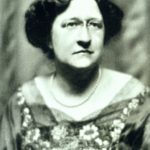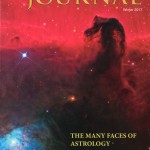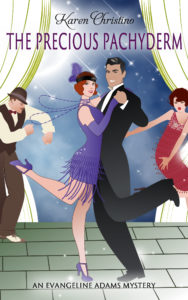Half a Saturn cycle after my 2002 biography of Evangeline Adams, I’m updating it. And with many collections now online, I’m finding a lot of new information. 
I’d never been able to find proprietor Warren F. Leland’s report of Evangeline’s accurate 1899 forecast of disaster for the Windsor Hotel. But now I’ve discovered an article in which he advises a reporter what Adams told him in advance.
I wasn’t sure about Evangeline’s maternal grandfather. But with several of her distant relations posting Family Trees online, I’ve now definitely identified him. He was a machinist with nine children and a suicide! This says something significant about Adams’ mother and grandmother, as they were obviously survivors. Evangeline was, too.
In her autobiography, Evangeline Adams talks about her engagement to her employer, a Mr. Lord. The relationship was facilitated by her aunt. I’d searched for Mr. Lord years ago but with no first name it was difficult to go further. I’ve now found him in newspaper databases through the company name that Adams provided. And it turns out that Luther S. Lord was thirty years older than Evangeline Adams. It was more common in the 19th century for women to marry much older men. But thank goodness she didn’t! She was only eighteen or nineteen at the time.
I’m excited to search for more about other people and events in Evangeline’s life in the coming months and expect to share these in the update of Foreseeing the Future: Evangeline Adams and Astrology in America.


